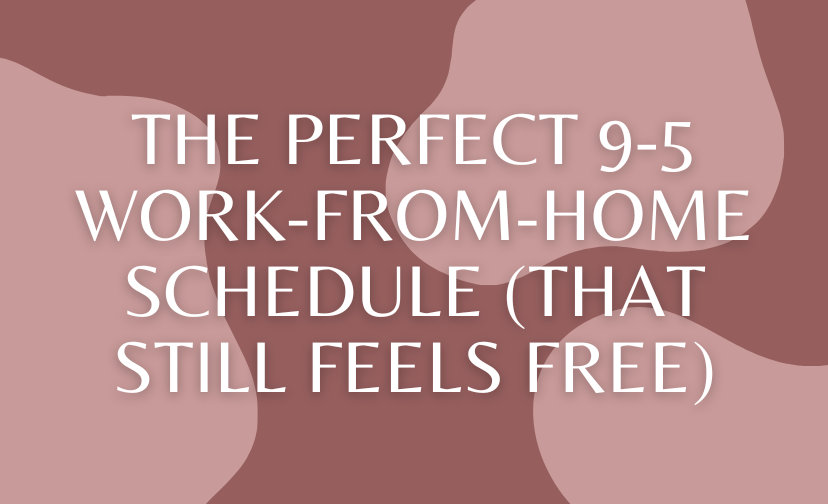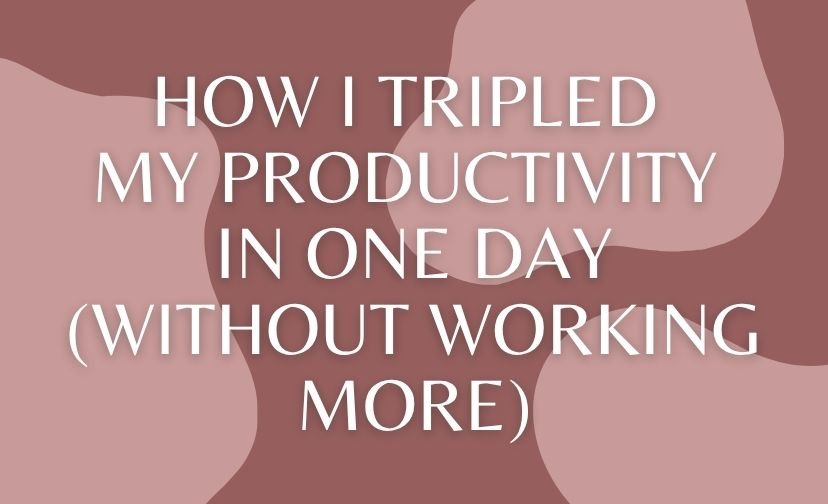In today’s fast-paced world, many of us wear our busyness like a badge of honor. We fill our schedules to the brim, juggle multiple tasks, and boast about our never-ending to-do lists. But have you ever paused to wonder if all this activity is truly productive?
Is it possible that we are simply caught in a whirlwind of busyness without making meaningful progress? Understanding the distinction between Productivity vs. Busyness can be a game-changer, transforming how we approach our daily lives and enabling us to achieve genuine accomplishments.
Understanding Productivity vs. Busyness
At first glance, the line between being busy and being productive might seem blurred. Both involve activities and keeping your schedule packed, right? Not quite. While busyness is often a state of constant motion without clear direction or purpose, productivity is about making effective use of your time to generate results and move closer to your objectives.
Defining Productivity and Busyness
Being busy is akin to running on a treadmill — lots of movement, but you’re not really going anywhere. It’s about tackling endless tasks that may not necessarily align with your goals.
On the other hand, being productive means focusing your efforts on what truly matters. It’s about working smarter, not harder, ensuring that each task you undertake contributes to a larger purpose.
Consider the difference between the two with this simple comparison:
| Aspect | Busy | Productive |
|---|---|---|
| Focus | Reactive | Proactive |
| Goal Orientation | Task-oriented | Goal-driven |
| Outcome | Activity | Results |

The Psychology Behind Busyness
Busyness often stems from a psychological need to feel valued and accomplished. In our society, being busy is frequently equated with success. This mindset can lead to a cycle where individuals fill their schedules with tasks to maintain a facade of productivity. However, this approach can be detrimental, leading to burnout and a lack of meaningful progress.
Recognizing these psychological underpinnings is crucial for breaking free from the busyness trap. By shifting focus from quantity to quality, individuals can begin to align their activities with their core values and long-term goals.
Signs You’re Just Busy
Identifying whether you’re genuinely productive or merely busy requires introspection and honesty. Here are some signs that may indicate you’re stuck in a cycle of busyness:
Recognizing the Symptoms of Busyness
- Endless To-Do Lists: If you find yourself constantly adding tasks to your list without completing significant ones, you might be trapped in busyness.
- Lack of Progress: Working hard but not seeing tangible results is a common sign of busyness.
- Feeling Overwhelmed: A perpetual state of stress and feeling like there aren’t enough hours in the day.
To break free from busyness, start by auditing your daily activities. Identify tasks that do not contribute to your goals and eliminate or delegate them. This will help you focus on what truly matters.

Common Misconceptions About Being Busy
Many people mistakenly believe that being busy equates to being important or successful. However, true success lies in achieving goals and creating value. Another misconception is that multitasking leads to higher productivity. In reality, multitasking often results in fragmented attention and reduced efficiency.
It’s essential to challenge these misconceptions and embrace a mindset that values effectiveness over mere activity.
The Cost of Busyness
Busyness doesn’t just affect your work life; it has broader implications on your mental health and overall well-being. Understanding these costs is vital for anyone looking to transition from being busy to being genuinely productive.
Impact on Mental Health
Constant busyness can lead to stress, anxiety, and burnout. The pressure to always be “on” can deplete your mental reserves, leaving little room for creativity or relaxation. This state of perpetual motion prevents you from engaging in meaningful self-reflection or personal growth.
Prioritize mental health by incorporating regular breaks into your schedule. Practices like mindfulness and meditation can help you recharge and refocus, improving both mental clarity and productivity.

Effects on Work Performance
Busyness can significantly impact work performance. When you’re overwhelmed with tasks, the quality of your work often suffers. Important projects may be rushed or neglected altogether. Furthermore, the lack of clear priorities can lead to inefficiencies and errors, ultimately affecting your career advancement.
Transitioning from Busy to Productive
Making the shift from busy to productive requires intentional changes in how you approach your tasks and time management. Here are some strategies to guide you on this journey:
Setting Clear Goals and Priorities
Start by setting specific, measurable, achievable, relevant, and time-bound (SMART) goals. These provide a clear roadmap and ensure that your efforts are directed toward meaningful outcomes. Prioritize tasks based on their alignment with these goals, focusing on what brings the most value.

Strategies for Effective Time Management
Effective time management is crucial for enhancing productivity. Consider using techniques such as time-blocking, where you allocate dedicated periods for specific tasks, minimizing distractions and interruptions. Additionally, adopt the Eisenhower Matrix to distinguish between urgent and important tasks, helping you prioritize effectively.
Experiment with different time management techniques to find what works best for you. The Pomodoro Technique, which involves focused work sessions followed by short breaks, can enhance concentration and prevent burnout.
Utilizing Productivity Tools
Leverage technology to boost productivity. Tools like Trello, Asana, and Evernote can help organize tasks, streamline workflows, and improve collaboration. These tools provide visual aids to track progress, ensuring that you stay on top of your goals.

Tips for Cultivating a Productive Mindset
Developing a productive mindset is essential for sustaining long-term success. It involves overcoming common barriers like perfectionism and procrastination while fostering a balanced work-life environment.
Overcoming Perfectionism and Procrastination
Perfectionism can hinder productivity by causing unnecessary delays and stress. Embrace the idea that done is better than perfect. Set realistic standards for your work and focus on continuous improvement rather than perfection.
Procrastination often stems from fear of failure or overwhelming tasks. Break tasks into smaller, manageable steps to reduce intimidation and build momentum.
Creating a Balanced Work-Life Environment
Maintaining a healthy work-life balance is vital for sustained productivity. Set boundaries between work and personal time, ensuring that you allocate time for relaxation, hobbies, and social interactions. This balance enhances creativity and reduces stress, contributing to overall well-being.

Embracing Productive Habits
Adopting certain habits can significantly enhance your productivity and efficiency. These practices help streamline decision-making and focus your efforts on what truly matters.
Implementing the Eisenhower Matrix
The Eisenhower Matrix is a powerful tool for prioritizing tasks based on urgency and importance. By categorizing tasks into four quadrants, you can focus on what truly needs your attention and delegate or eliminate less critical tasks.
Practicing Mindfulness and Self-Care
Mindfulness practices, such as meditation and deep breathing, can improve focus and reduce stress. Incorporate self-care routines into your daily life, ensuring that you maintain physical and mental health. This holistic approach supports sustained productivity and fulfillment.

Real-Life Success Stories
Learning from others who have successfully transitioned from busyness to productivity can provide valuable insights and inspiration. Here are some real-life examples:
Personal Anecdotes of Breaking Free from Busyness
John Spencer, a former teacher, shared his story of “breaking up with busy” when he realized that his constant busyness was hindering his personal and professional growth. By prioritizing what truly mattered, he found more time for creative projects and meaningful interactions with his family.
Similarly, Abigail Ireland, an executive performance consultant, emphasizes the importance of managing busyness effectively. She encourages individuals to focus on quality over quantity, enabling them to achieve more with less stress.
Case Studies of Productive Individuals
Warren Buffett, known for his strategic focus, attributes his success to saying “no” to distractions and concentrating on what aligns with his long-term goals. This disciplined approach has enabled him to make impactful decisions and drive significant achievements.
Another example is the Perpetual Guardian company in New Zealand, which implemented a four-day workweek. This initiative resulted in a 20% increase in productivity, highlighting the power of prioritizing quality over quantity in the workplace.

Conclusion: The Path to True Productivity
Understanding the difference between Productivity vs. Busyness is crucial for anyone seeking to lead a more fulfilling and successful life. By recognizing the signs of busyness and implementing strategies for genuine productivity, you can transform how you approach your daily activities.
Reflecting on Your Own Habits
Take a moment to evaluate your current habits and identify areas where busyness may be overshadowing productivity. Reflect on your goals and consider whether your daily actions align with them. This self-awareness is the first step toward meaningful change.
Taking Action Towards a More Productive Life
Armed with insights and strategies, take proactive steps to shift from being busy to being productive. Set clear goals, manage your time effectively, and embrace habits that support your well-being. By doing so, you’ll pave the way for greater accomplishments and personal satisfaction.





